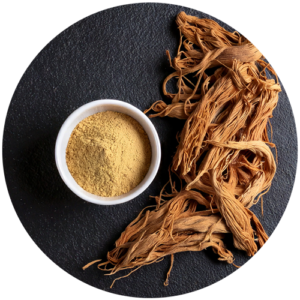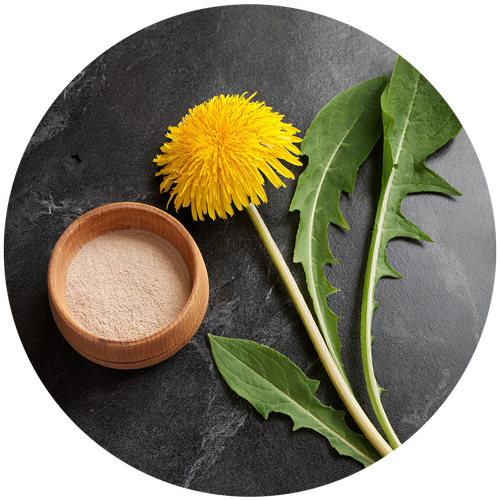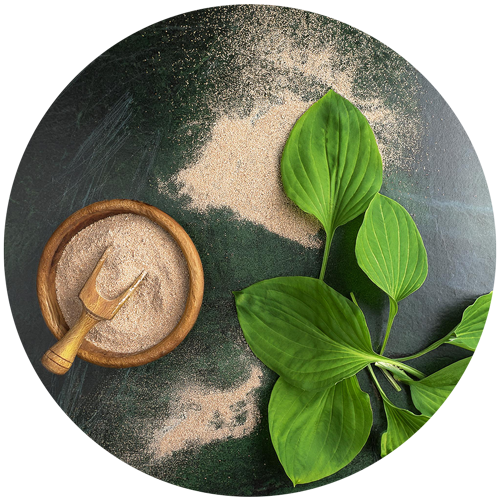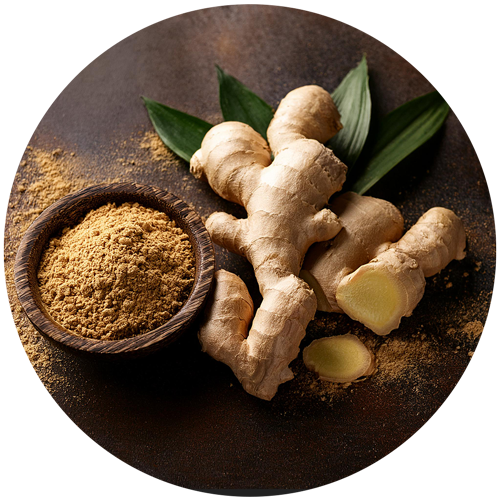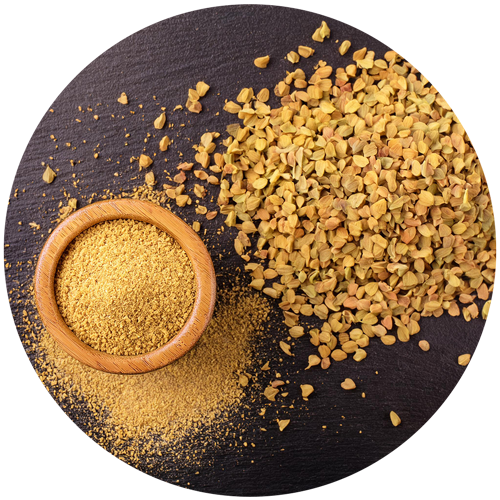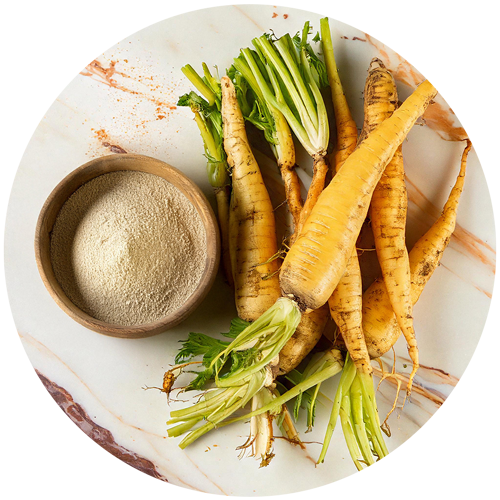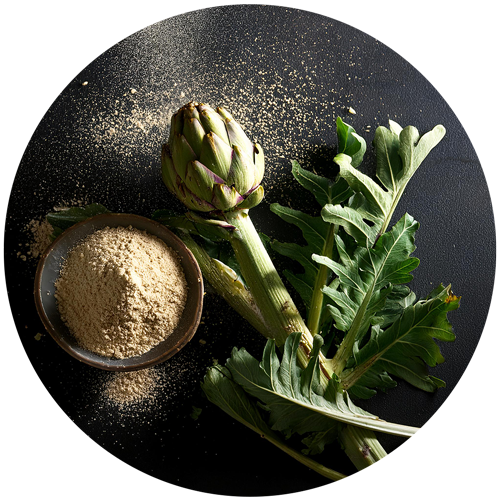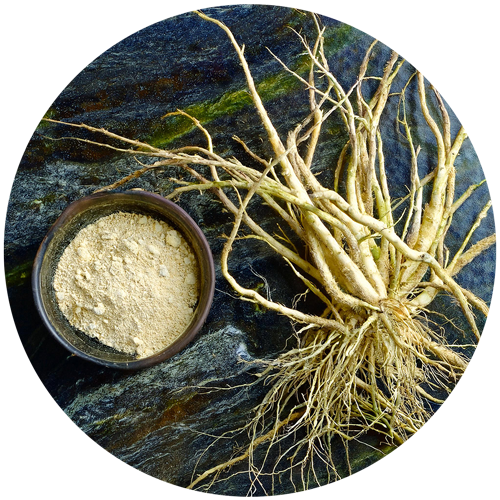Europe
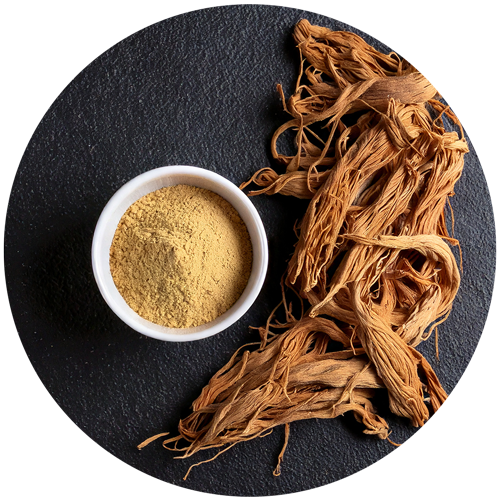

GENTIAN
Gentiana lutea L. Digestion
Digestion  Appetite
Appetite Yellow gentian root, Gentiana lutea, rich in secoiridoids and xanthones, supports digestive functions, stimulates appetite and protects cells thanks to its antioxidant properties.
Regulations
and analysis
Identification : TLC
Data on traditional use
Cahier de l’agence du Médicament (France) :
- Traditionally used to stimulate the appetite
EMA monograph :
- Traditionally used for gastrointestinal disorders and indigestion, as well as temporary loss of appetite.
Canadian monograph :
-
Used for digestive disorders, to help stimulate the appetite.
-
Traditionally used in phytotherapy to help prevent nausea
-
Used in phytotherapy to increase bile flow
WHO monograph :
- Used for digestive disorders, as an appetite stimulant and for flatulence.
Plant bylaw file
Association ideas by health benefice
Select one or more axes:
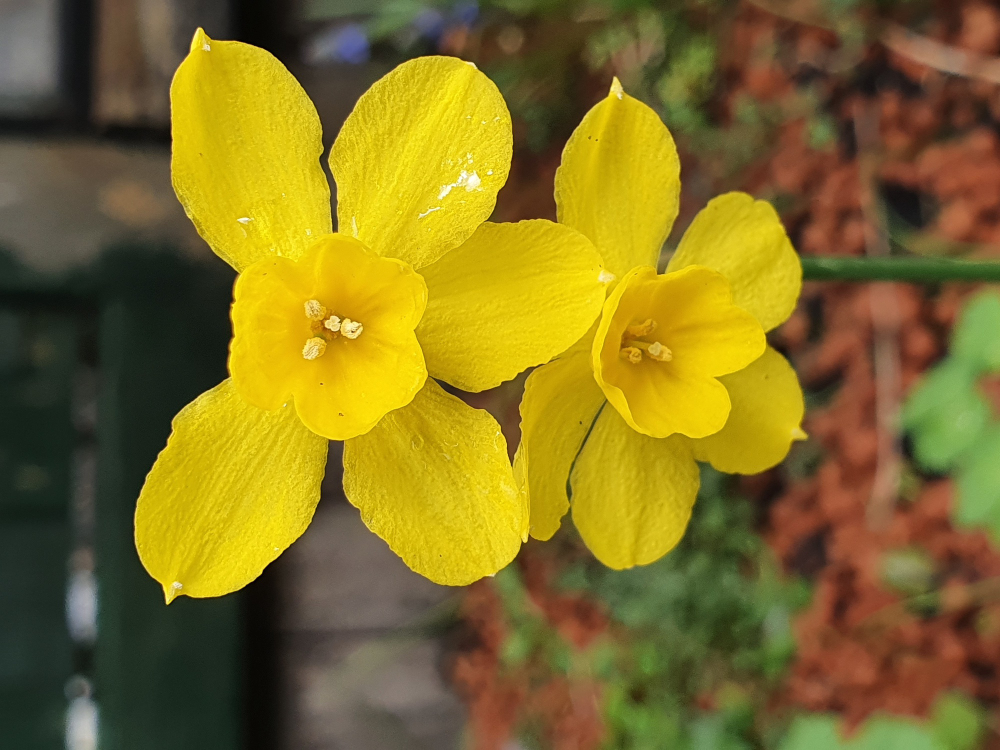
Detailed description
Yellow gentian, Gentiana lutea, a perennial member of the Gentianaceae family, is widespread in the mountainous regions of Europe. Its root has been used since ancient times for its beneficial effects, particularly in supporting digestive and liver functions.
Gentian root is rich in secoiridoids (gentiopicroside, amarogentin), xanthones and phenolic acids. These bioactive compounds give the plant stimulating and antioxidant properties, promoting harmonious digestion and protecting cells against oxidative stress.
Traditionally used as a bitter tonic, gentian supports the production of gastric juices, improving appetite and digestive comfort. In addition, studies show its spasmolytic potential, helping to relieve discomfort associated with mild intestinal spasms.
